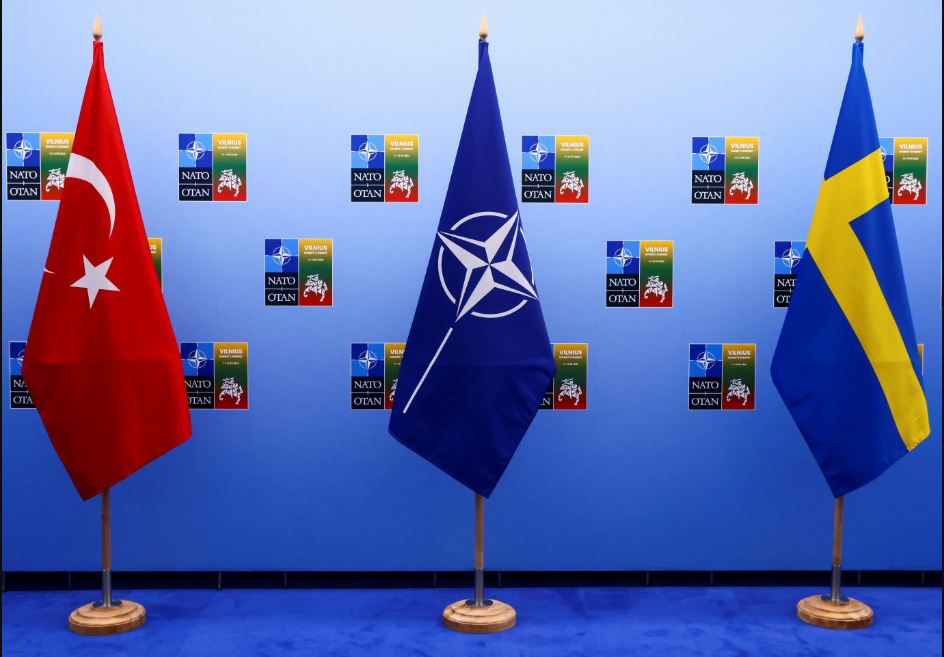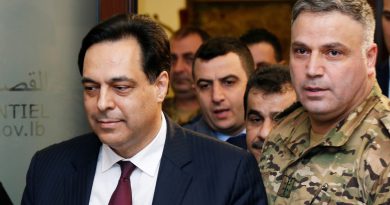NATO and United States Reaffirm Strong Coordination on European Defense Strategy
Brussels – NATO has reaffirmed its close coordination with the United States on maintaining a strong and adaptive defense posture across Europe, underscoring the enduring transatlantic partnership that continues to serve as the backbone of collective security.
The alliance emphasized that recent adjustments to U.S. troop deployments are part of ongoing strategic planning aimed at ensuring flexibility, readiness, and long-term stability in the region.
A NATO official explained that modifications in force posture are not unusual and reflect the alliance’s capacity to adapt to evolving security needs.
The official highlighted that even with the current adjustments, the U.S. military presence in Europe remains larger than it has been in many years, demonstrating Washington’s continued commitment to supporting its European allies and safeguarding the continent’s stability.
The reassurance came after reports of troop adjustments on NATO’s eastern flank, particularly in Romania and neighboring states.
According to the official, NATO and the United States remain in constant dialogue about the optimal distribution of forces, ensuring that collective defense goals are met while enhancing coordination across land, air, and maritime domains.
This collaborative planning underscores the alliance’s unity and its focus on deterrence and defense.
The ongoing communication between NATO headquarters in Brussels and U.S. defense authorities reflects the alliance’s broader strategy of flexibility and partnership.
The NATO official emphasized that all decisions regarding deployments are made in close consultation among allies, maintaining transparency and trust throughout the process.
This collaborative approach ensures that every member state remains informed and aligned with broader strategic objectives.
The adjustments are designed not as a reduction in commitment but as a recalibration that strengthens operational efficiency.
By redistributing forces and updating deployment patterns, NATO and the U.S. aim to enhance rapid response capabilities and ensure a more effective presence across Europe.
This approach aligns with the alliance’s broader modernization efforts, which include strengthening infrastructure, improving logistics, and expanding joint training exercises.
NATO’s leadership reiterated that its deterrence posture remains strong and fully capable of defending every inch of allied territory.
In recent years, the alliance has made significant investments in its defense readiness, integrating advanced technologies and improving interoperability among member states.
These measures ensure that NATO can respond swiftly to any emerging security challenges while continuing to promote peace and stability across Europe.
Romania and other eastern European members have played a crucial role in supporting NATO’s presence along the alliance’s frontier.
The cooperation between these nations and the United States has contributed to improved regional security and demonstrated the strength of NATO’s collective defense principle.
Through continued coordination, the alliance aims to maintain a balance between defensive preparedness and diplomatic engagement.
The transatlantic relationship remains at the heart of NATO’s success. The alliance’s ability to coordinate seamlessly with the United States reflects decades of trust, shared values, and mutual commitment to global security.
As the world navigates complex geopolitical changes, NATO’s adaptability ensures that its defense posture remains strong, credible, and responsive to future challenges.
Beyond military coordination, NATO continues to strengthen its partnerships in innovation, cyber defense, and resilience. Member states are increasingly focusing on emerging technologies and hybrid threats, reinforcing their collective ability to anticipate and manage risks.
These efforts are supported by joint research, intelligence sharing, and multinational exercises that deepen cooperation across all levels of the alliance.
The reaffirmation of U.S.-NATO unity sends a powerful message of reassurance to member countries and partners alike. It highlights that the alliance remains as strong and united as ever, capable of adapting to new realities while preserving peace in Europe.
The ongoing dialogue and coordination between Washington and Brussels continue to reinforce the shared vision of a secure, stable, and prosperous transatlantic community.



